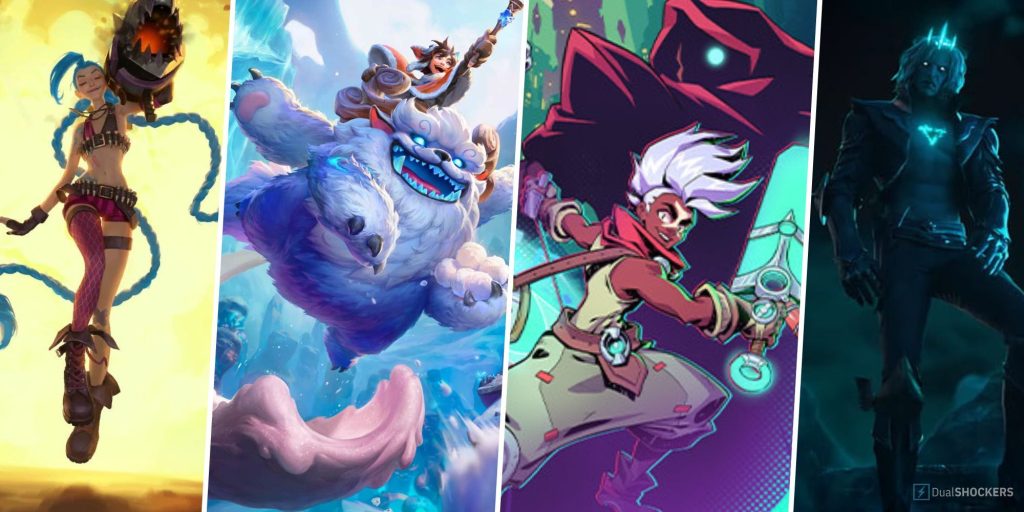League of Legends is known for its fast-paced gameplay and intense team fights, but as the game progresses to the late-game stages, strategy becomes even more crucial for achieving success. Late-game in League of Legends typically refers to the period after the laning phase, when teams are vying for map control, objectives, and team fights to secure victory.
In order to ensure late-game success in League of Legends, players must be able to adapt their tactics and gameplay to the changing conditions of the game. In this article, we will discuss some of the best tactics for achieving success in the late-game stages of League of Legends.
1. Vision Control
One of the most important tactics for late-game success in League of Legends is vision control. As the game progresses, vision becomes even more crucial for securing objectives and avoiding ambushes from the enemy team. Warding key areas of the map, such as Baron and Dragon pits, can provide valuable information on the enemy team’s movements and allow your team to make informed decisions on when to engage or disengage.
In addition to traditional wards, players can also use control wards to deny vision from the enemy team and establish control over key areas of the map. By maintaining vision control in the late-game stages, teams can prevent costly mistakes and secure objectives that can turn the tide of the game in their favor.
2. Objective Control
Securing objectives such as Baron Nashor, Dragon, and inhibitors becomes increasingly important in the late-game stages of League of Legends. These objectives provide significant buffs and advantages to the team that secures them, making them critical for achieving victory. Teams must prioritize objective control in the late-game stages by setting up vision around key objectives, coordinating team rotations to secure objectives, and contesting enemy attempts to take objectives.
Teams must also be mindful of the timing of objective spawns in the late-game stages, as securing objectives at the right time can provide a significant advantage. Communication and coordination between team members are crucial for successful objective control in the late-game stages, as a well-executed team play can secure objectives and lead to victory.
3. Team Composition
Team composition plays a crucial role in late-game success in League of Legends. As the game progresses, certain champions may become more powerful and impactful in team fights, while others may fall off. Teams must consider their team composition and adjust their tactics accordingly in the late-game stages to maximize their chances of success.
For example, a team with a strong late-game scaling champion such as Kassadin or Vayne may prioritize stalling the game and farming to reach their power spikes, while a team with a strong early-game composition may look to close out the game before the enemy team can scale. Teams must also consider the enemy team’s composition and adjust their tactics accordingly to counter their strengths and exploit their weaknesses.
4. Split Pushing
Split pushing is a tactic that can be effective in the late-game stages of League of Legends, particularly if a team has a strong split pusher such as Tryndamere or Fiora. Split pushing involves sending a champion to push a side lane while the rest of the team applies pressure elsewhere on the map. This can force the enemy team to make difficult decisions on how to respond to the split push, creating opportunities for your team to secure objectives or win team fights.
Teams must coordinate their split pushing efforts in the late-game stages to ensure that they do not leave their team vulnerable to enemy engages or collapses. Communication and vision are key for successful split pushing in the late-game stages, as a well-timed split push can create opportunities for your team to secure victory.
5. Team Fighting
Team fighting is a crucial aspect of late-game success in League of Legends, as team fights can often decide the outcome of the game. Teams must be able to coordinate their team fights effectively in the late-game stages, positioning themselves to engage or disengage at the right time, focusing down priority targets, and using crowd control abilities to control the flow of the fight.
Communication and coordination are crucial for successful team fighting in the late-game stages, as a well-executed team fight can provide an advantage that can lead to victory. Teams must be able to adapt their tactics and adjust their positioning in team fights based on the enemy team’s composition and positioning, as a single mistake can result in devastating consequences.
In conclusion, achieving late-game success in League of Legends requires a combination of vision control, objective control, team composition, split pushing, and team fighting tactics. By mastering these tactics and adapting your gameplay to the changing conditions of the game, you can increase your chances of securing victory in the late-game stages of League of Legends. Be sure to communicate and coordinate with your team members, adapt your tactics to the enemy team’s composition, and execute your strategies with precision to achieve success in the late-game stages of League of Legends.

